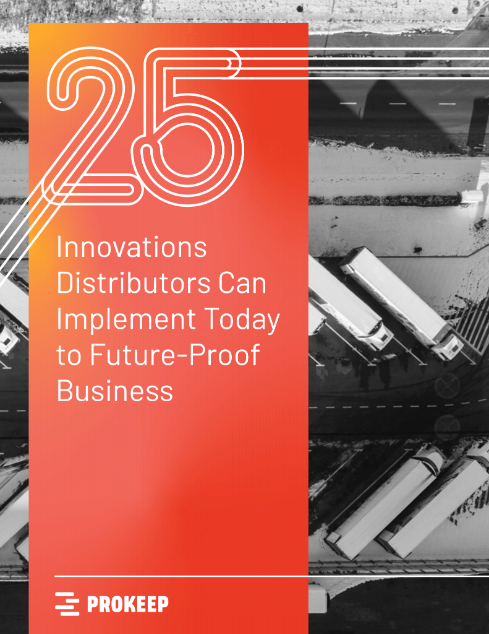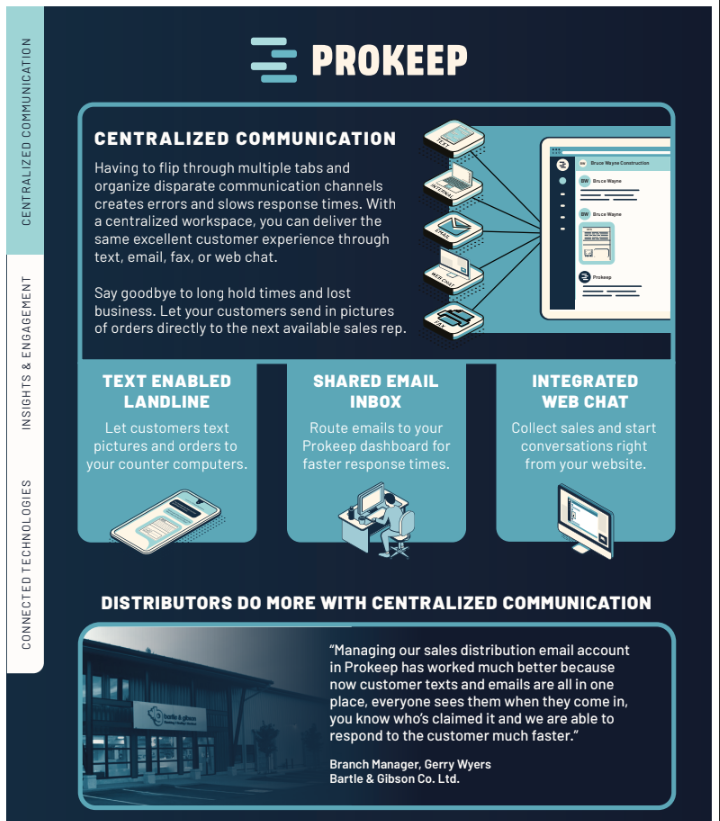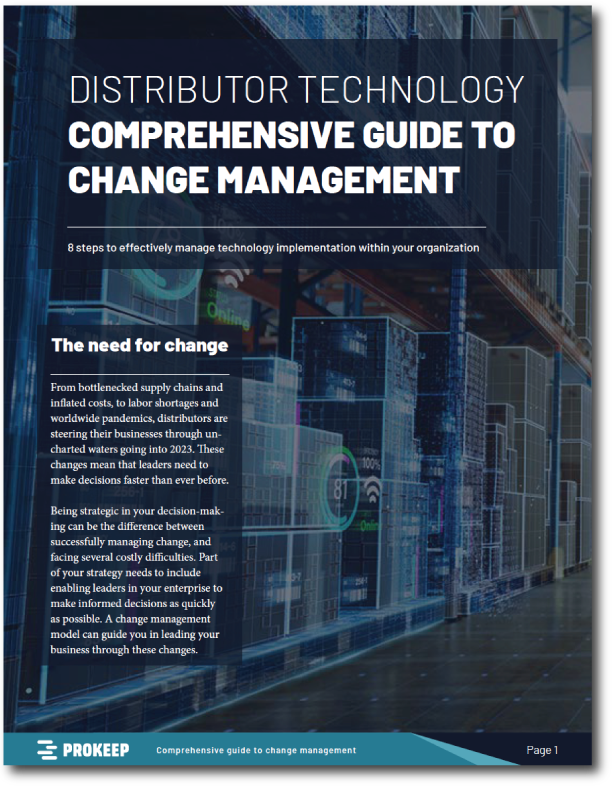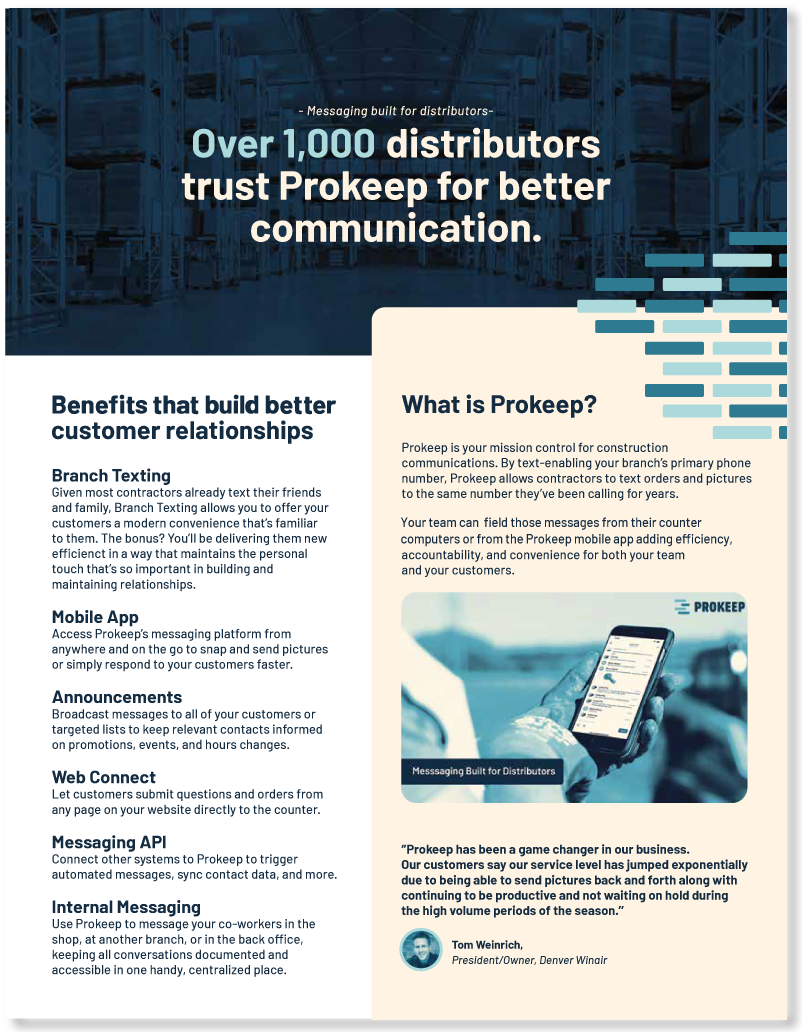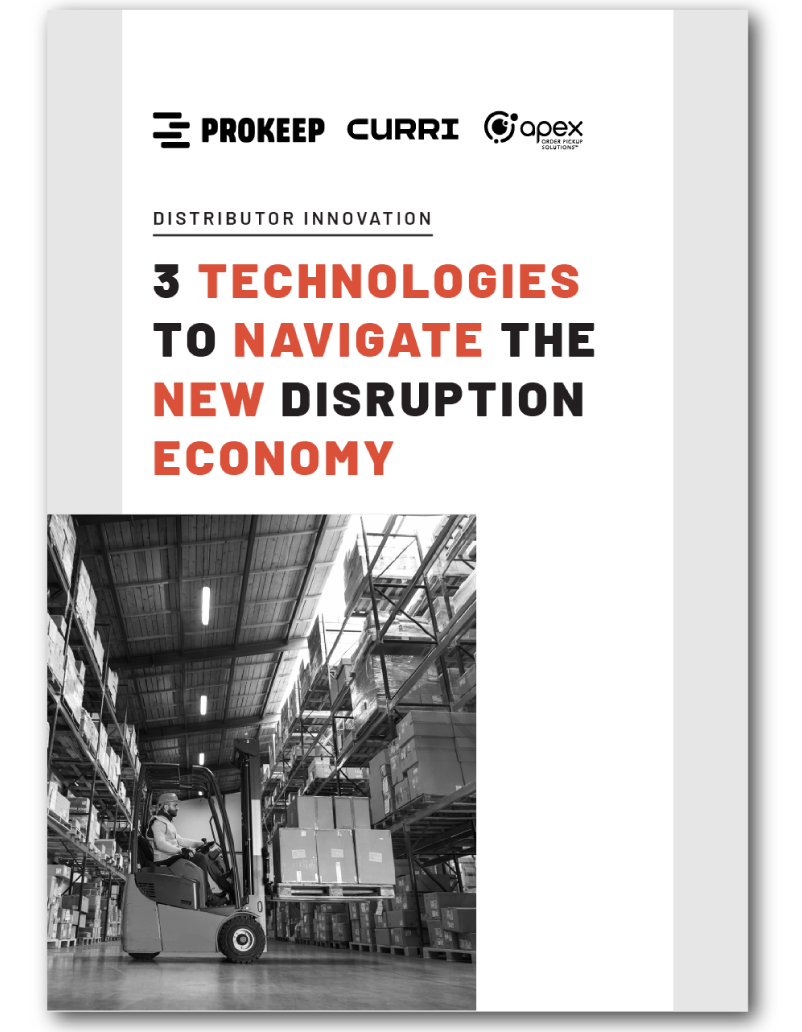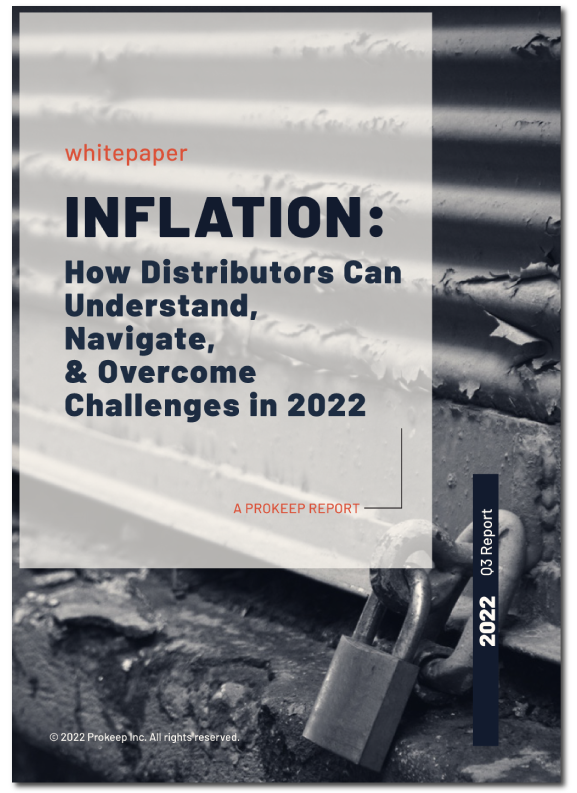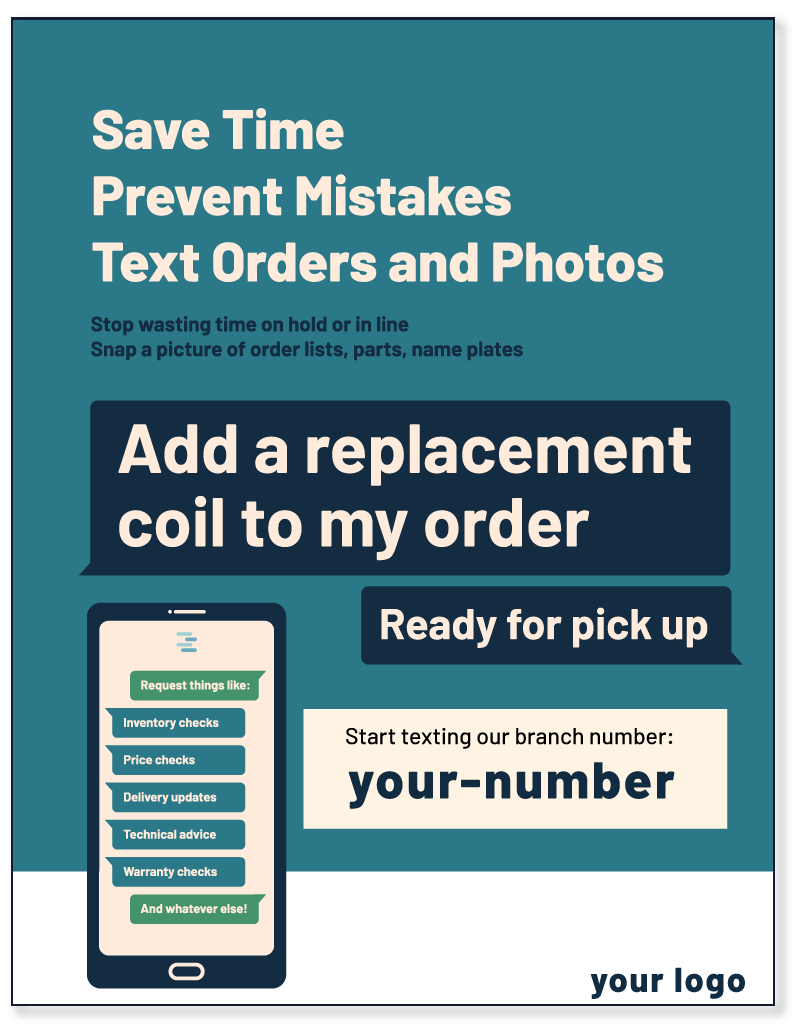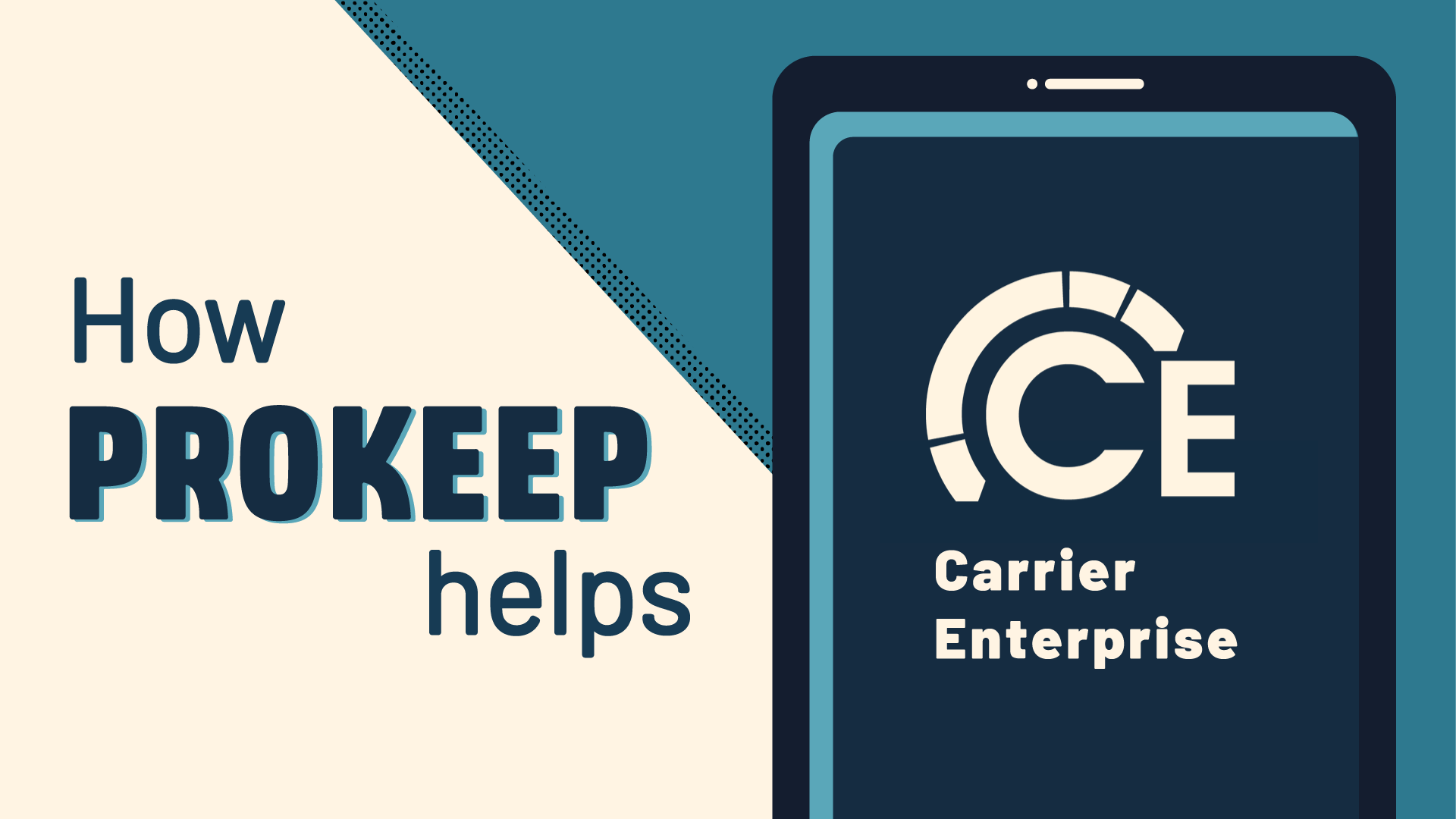What Is Customer Experience (CX) & Why Is It Important?
Customer Experience (CX) is the backbone of every successful business, defining the interactions and perceptions customers have with a brand across all touchpoints. In today's hyper-competitive market, where products and services can often be replicated, the experience sets businesses apart.
CX encompasses every aspect of a customer's journey, from the first point of contact to post-purchase support, and it plays a crucial role in shaping perceptions, building loyalty, and driving growth.
By gaining a deeper understanding of CX, businesses can unlock the key to fostering lasting relationships with their customers and thriving in an ever-evolving marketplace.
Understanding Customer Experience
At its core, customer experience refers to the sum total of all interactions and engagements a customer has with a brand throughout their journey. It encompasses not only the direct interactions with products or services but also the emotions, perceptions, and memories that these interactions evoke. CX is about how customers feel about a brand, whether they find value in their interactions, and whether their expectations are met or exceeded.
To break it down further, customer experience comprises various components. These include the ease of navigation through a website, the responsiveness of customer support, the quality of products or services, and even the ambiance of a physical store. Every touchpoint contributes to the overall CX, and successful businesses understand the importance of optimizing each interaction to create a seamless and enjoyable experience for their customers.
In today's digital age, where customers have more choices and higher expectations than ever before, delivering exceptional CX is no longer a luxury but a necessity.
What Is the Impact of Customer Experience?
Customer experience is not just a buzzword — it's a driving force that can make or break a business. Positive CX fosters customer loyalty, advocacy, and, ultimately, revenue growth. When customers have a seamless, enjoyable experience with a brand, they are more likely to return for future purchases and recommend the brand to others. On the flip side, poor CX can lead to customer churn, negative word-of-mouth, and damage to the brand's reputation.
Studies have shown that customers are willing to pay more for a better experience. According to a report by PwC, 73% of consumers point to CX as an important factor in their purchasing decisions. In addition to driving customer loyalty and revenue, CX also has broader implications for business success.
Brands known for delivering outstanding CX often enjoy higher employee satisfaction and retention rates. When employees are empowered to deliver great service and see the positive impact it has on customers, they are more engaged and motivated in their roles.
Key Elements of a Successful CX Strategy
Crafting a successful CX strategy requires a deep understanding of customer needs and preferences. A customer-centric approach lies at the heart of every effective CX strategy. This means putting the customer at the center of decision-making processes and designing experiences that meet their evolving expectations.
Consistency is another critical element of a successful CX strategy. Customers expect a consistent experience across all touchpoints, whether they're interacting with a brand online, in-store, or over the phone. Maintaining consistency helps build trust and reinforces the brand's identity.
Personalization and customization are also key components of a successful CX strategy. Customers appreciate personalized experiences that cater to their individual preferences and needs. Whether it's recommending relevant products based on past purchases or addressing customers by name in communications, personalization adds a layer of intimacy to the customer-brand relationship.

Continuous improvement is the final pillar of a successful CX strategy. The CX landscape is constantly evolving, and businesses must adapt to stay ahead.
Gathering feedback from customers, analyzing data, and implementing changes based on insights are essential for staying relevant and meeting changing customer expectations. By committing to ongoing improvement, businesses can ensure that their CX strategy remains effective and impactful in the long run.
How Do You Measure Customer Experience?
Measuring customer experience is essential for understanding how well a business is meeting customer expectations. Various metrics and methodologies are used to gauge CX effectiveness, providing valuable insights into customer satisfaction, loyalty, and overall brand perception.
One commonly used metric is the Net Promoter Score (NPS), which measures the likelihood of customers recommending a brand to others. NPS surveys typically ask customers to rate their likelihood of recommending the brand on a scale of 0 to 10.
Customers are then categorized as promoters (score 9-10), passives (score 7-8), or detractors (score 0-6). The NPS is calculated by subtracting the percentage of detractors from the percentage of promoters, resulting in a score that reflects overall brand advocacy.
Another widely used metric is the Customer Satisfaction Score (CSAT), which measures customers' satisfaction with a specific interaction or experience. CSAT surveys typically ask customers to rate their satisfaction with a recent interaction on a scale (e.g., from very satisfied to very dissatisfied). The average score provides a snapshot of overall satisfaction levels and highlights areas for improvement.
In addition to quantitative metrics like NPS and CSAT, businesses also gather qualitative feedback through methods such as surveys, interviews, and social media monitoring. Qualitative insights offer a deeper understanding of customers' experiences, preferences, and pain points, allowing businesses to address root causes and make meaningful improvements.
How Can You Improve Customer Experience?
Improving customer experience requires a strategic and proactive approach that prioritizes the needs and preferences of customers. One effective strategy is to empower employees to deliver exceptional service by providing training, resources, and autonomy to address customer issues proactively. When employees feel valued and equipped to meet customer needs, they are better positioned to create positive experiences that drive loyalty and satisfaction.
Leveraging technology is another key strategy for enhancing customer experience. From CRM systems that track customer interactions to chatbots that provide instant support, technology can streamline processes, improve response times, and personalize interactions at scale. By investing in the right tools and platforms, businesses can create seamless omnichannel experiences that meet customers where they are and anticipate their needs.
Creating seamless omnichannel experiences is essential for meeting the expectations of today's connected consumers. Whether customers are interacting with a brand online, in-store, or via mobile, they expect a consistent and cohesive experience across all touchpoints. By integrating systems and data across channels, businesses can provide personalized, contextually relevant experiences that drive engagement and loyalty.
Case Studies: Real-Life Examples of CX Success
Examining real-life examples of companies that excel in customer experience provides valuable insights into effective strategies and best practices. One such exemplary case is Amazon, which is known for its relentless focus on customer satisfaction and innovation.
Amazon's customer-centric approach is evident in its personalized recommendations, hassle-free returns, and fast shipping options. By continuously raising the bar for customer expectations and investing in technology to improve the shopping experience, Amazon has become synonymous with exceptional CX.
Another standout example is Zappos, an online shoe and clothing retailer renowned for its legendary customer service. Zappos goes above and beyond to delight customers, offering free shipping, a generous return policy, and 24/7 customer support. The company's commitment to delivering happiness extends beyond transactions to building genuine relationships with customers, earning them unwavering loyalty and positive word-of-mouth.
Closer to home, Prokeep has also demonstrated its dedication to customer experience excellence. By providing communication and collaboration solutions tailored to the needs of the trades industry, Prokeep helps businesses streamline operations and deliver superior service to their customers.
See how Acme Construction Supply fixed their customer experience with Prokeep below
Through features like instant messaging, file sharing, and order management, Prokeep empowers distributors and contractors to connect seamlessly and efficiently, enhancing the overall customer experience.
Challenges and Obstacles in Delivering Great CX
While delivering great customer experience is essential for business success, it comes with its fair share of challenges and obstacles. One common challenge is maintaining consistency across all touchpoints, especially in large organizations with multiple departments and locations. Ensuring that every customer interaction reflects the brand's values and standards requires clear communication, alignment, and ongoing training.

Another challenge is keeping pace with evolving customer expectations and preferences. In today's fast-paced digital landscape, where trends and technologies change rapidly, businesses must continuously adapt and innovate to meet changing customer needs. This requires agility, flexibility, and a willingness to embrace new ideas and technologies.
Furthermore, delivering great CX requires cross-functional collaboration and alignment across departments. Siloed or disjointed processes can result in fragmented experiences for customers, leading to frustration and dissatisfaction. Breaking down silos and fostering a culture of collaboration and customer-centricity is essential for delivering seamless and cohesive experiences.
Despite these challenges, businesses that prioritize customer experience and invest in overcoming obstacles stand to reap significant rewards. By addressing pain points, embracing innovation, and fostering a customer-centric culture, companies can build strong relationships with their customers and drive sustainable growth in the long term.
The Future of Customer Experience
The future of customer experience is shaped by emerging technologies and shifting consumer behaviors. AI, machine learning, and automation will play a significant role in personalizing experiences and predicting customer needs.
Voice technology and augmented reality are also poised to revolutionize CX, offering new ways for customers to interact with brands. As customer expectations continue to evolve, businesses must stay agile and proactive in adopting innovative solutions to meet and exceed these expectations.
Conclusion
In conclusion, customer experience is a critical differentiator in today's competitive business landscape. By understanding the importance of CX, businesses can drive customer loyalty, revenue growth, and brand advocacy.
By prioritizing customer-centricity, leveraging technology, and continuously striving for improvement, companies can create memorable experiences that keep customers coming back for more.
Sources:
Future of Customer Experience | PWC
Net Promoter | Harvard Business Review
Understanding Customer Experience | HBR
The Power of Personalization in a Growing Business | Forbes




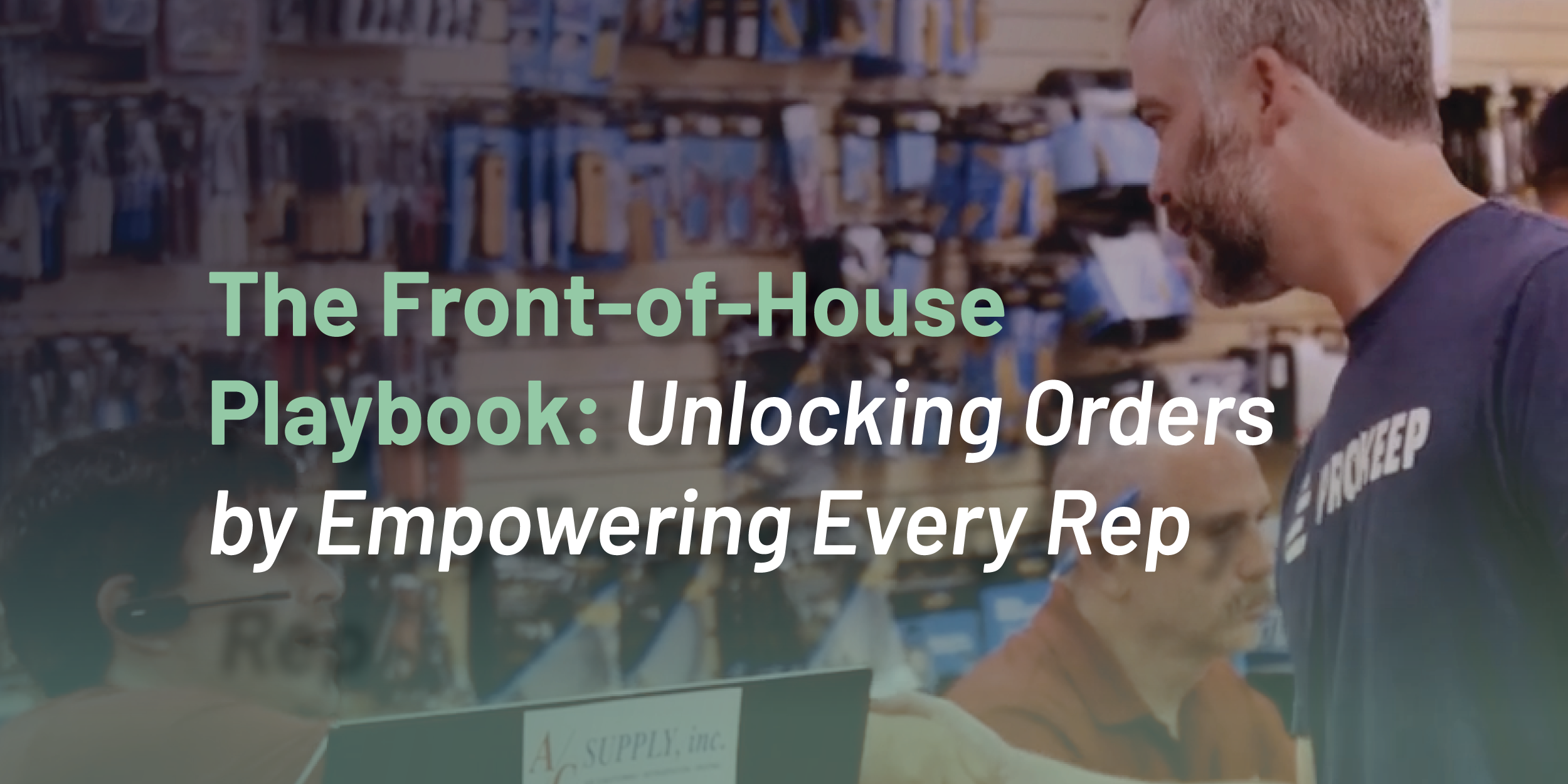
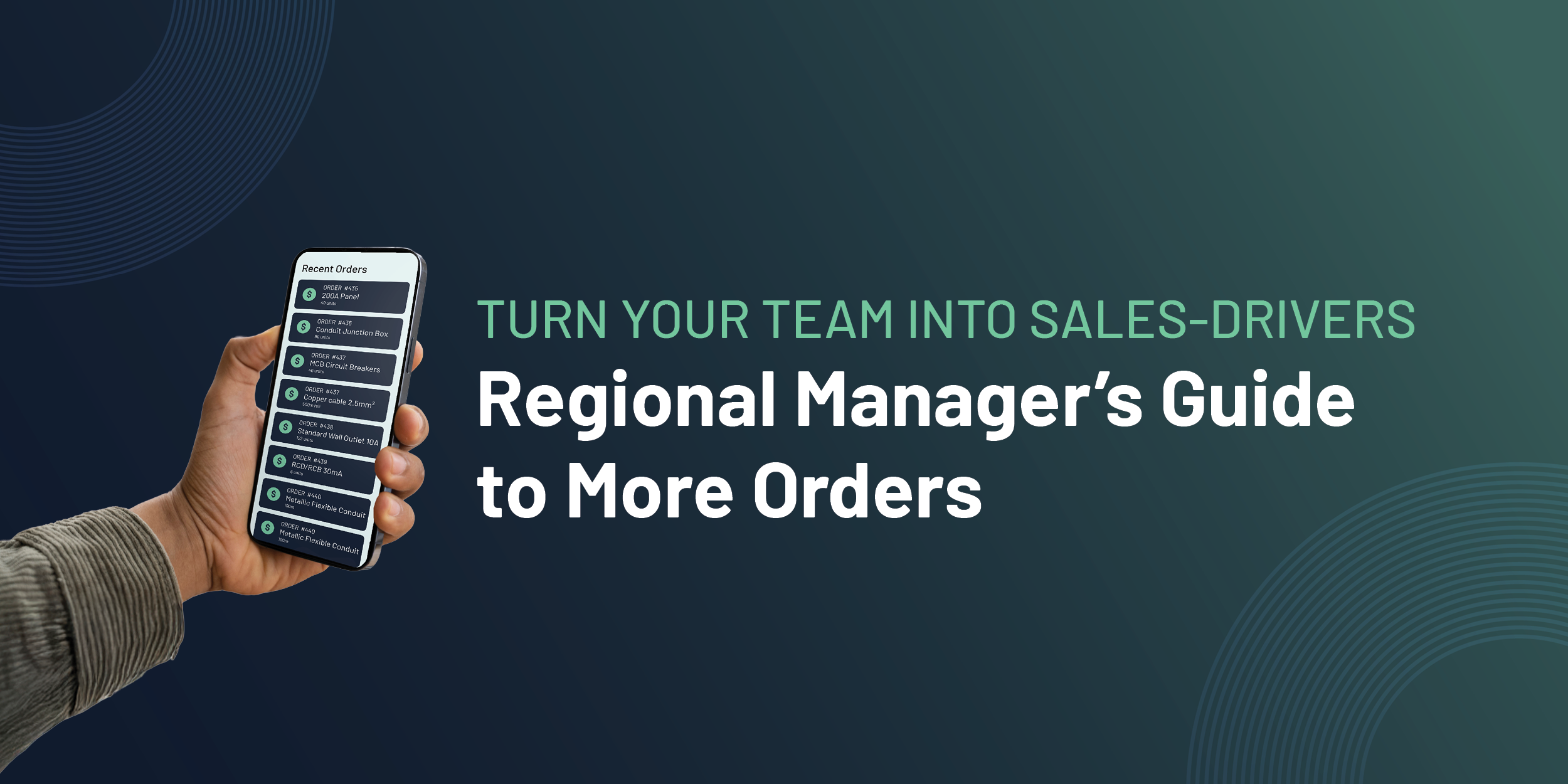
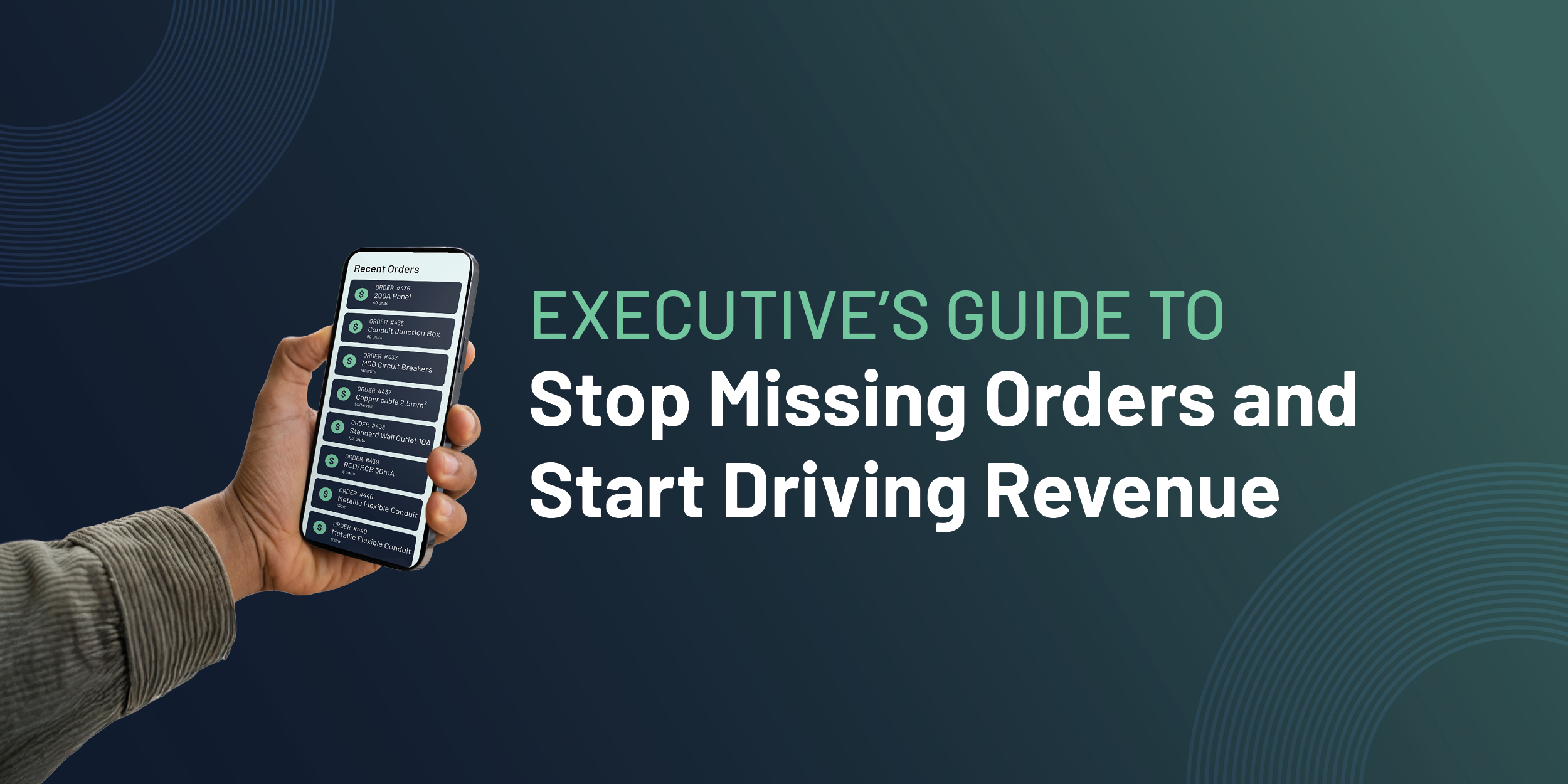
.png)
.png)





